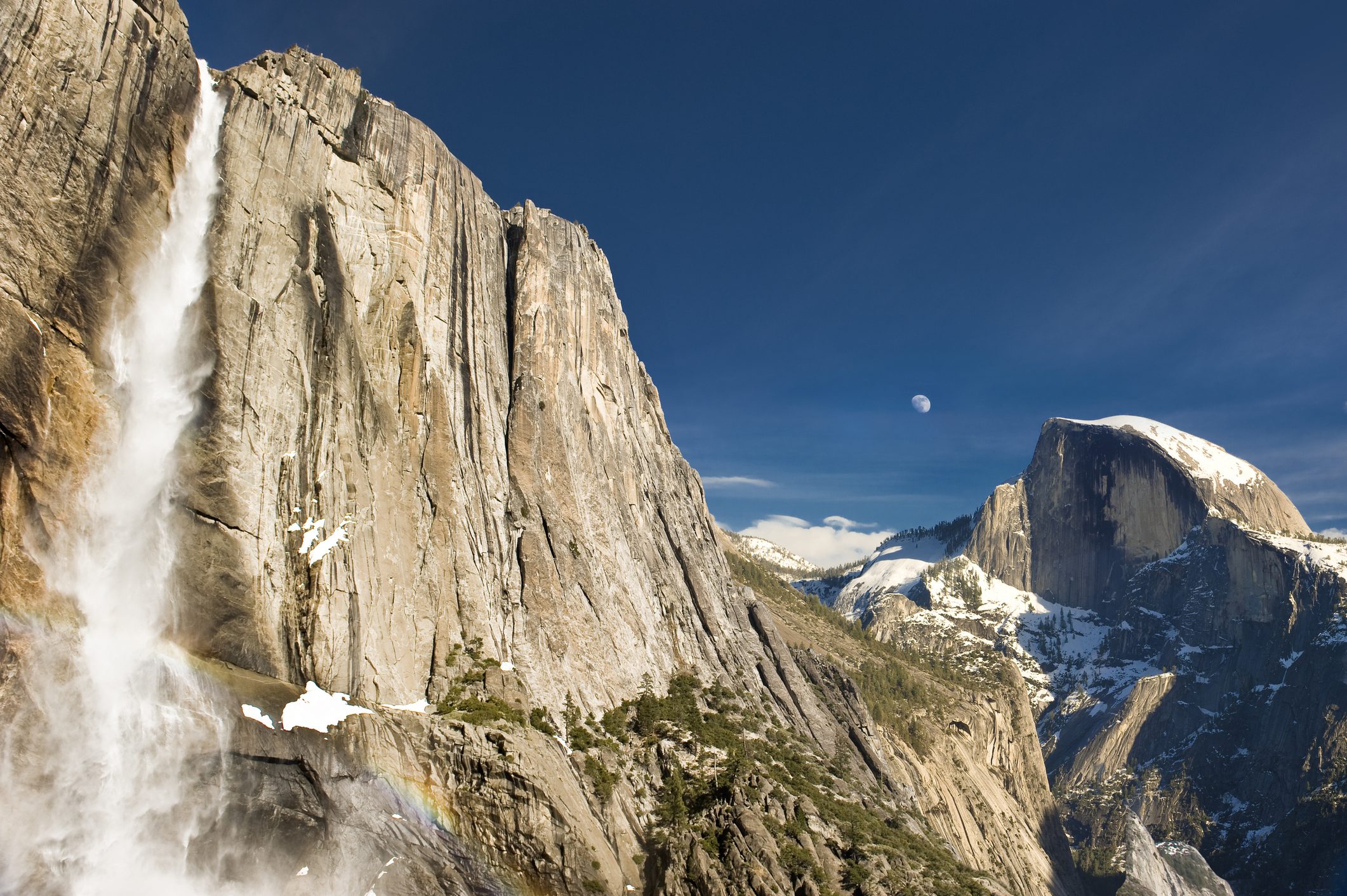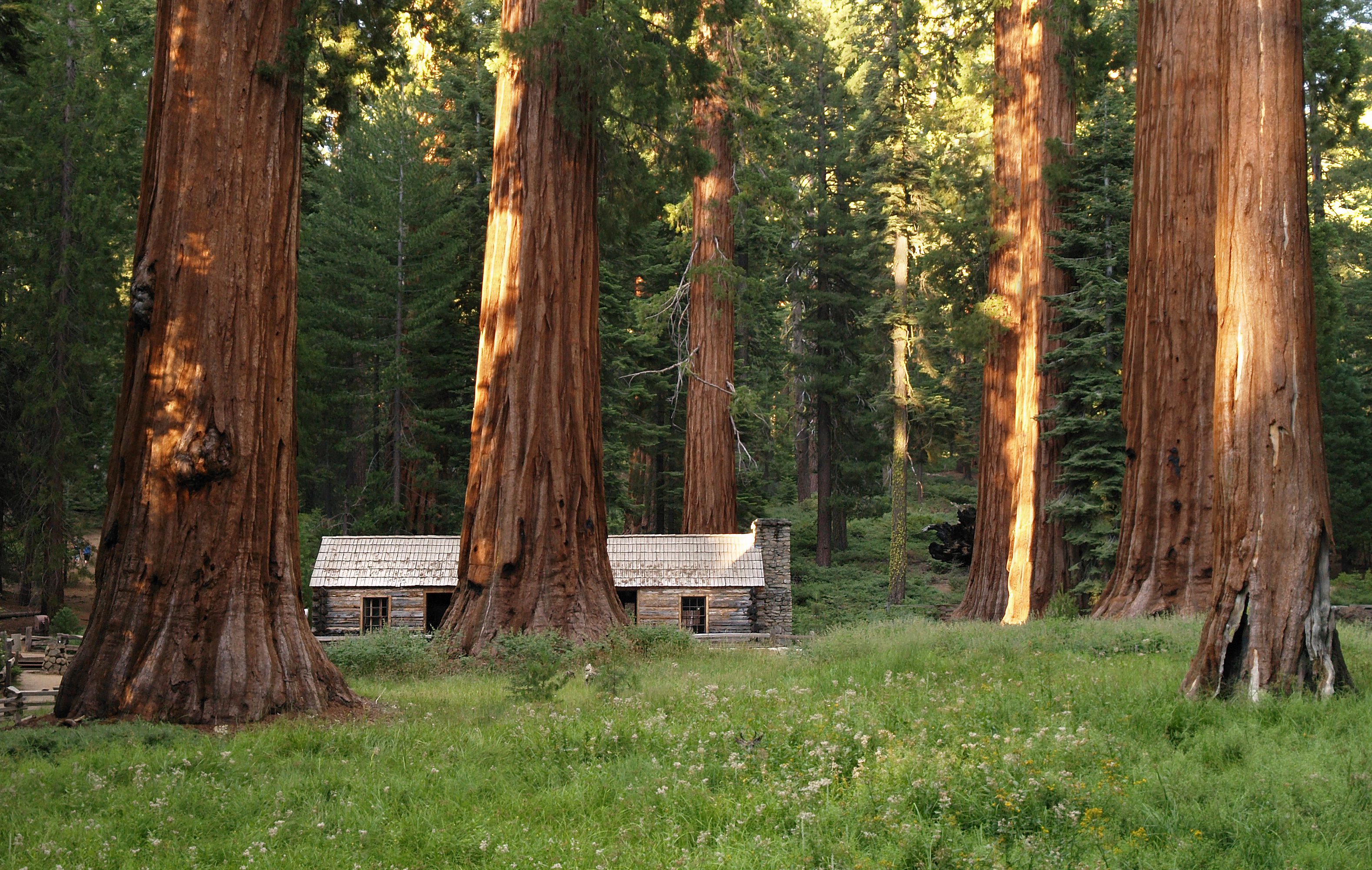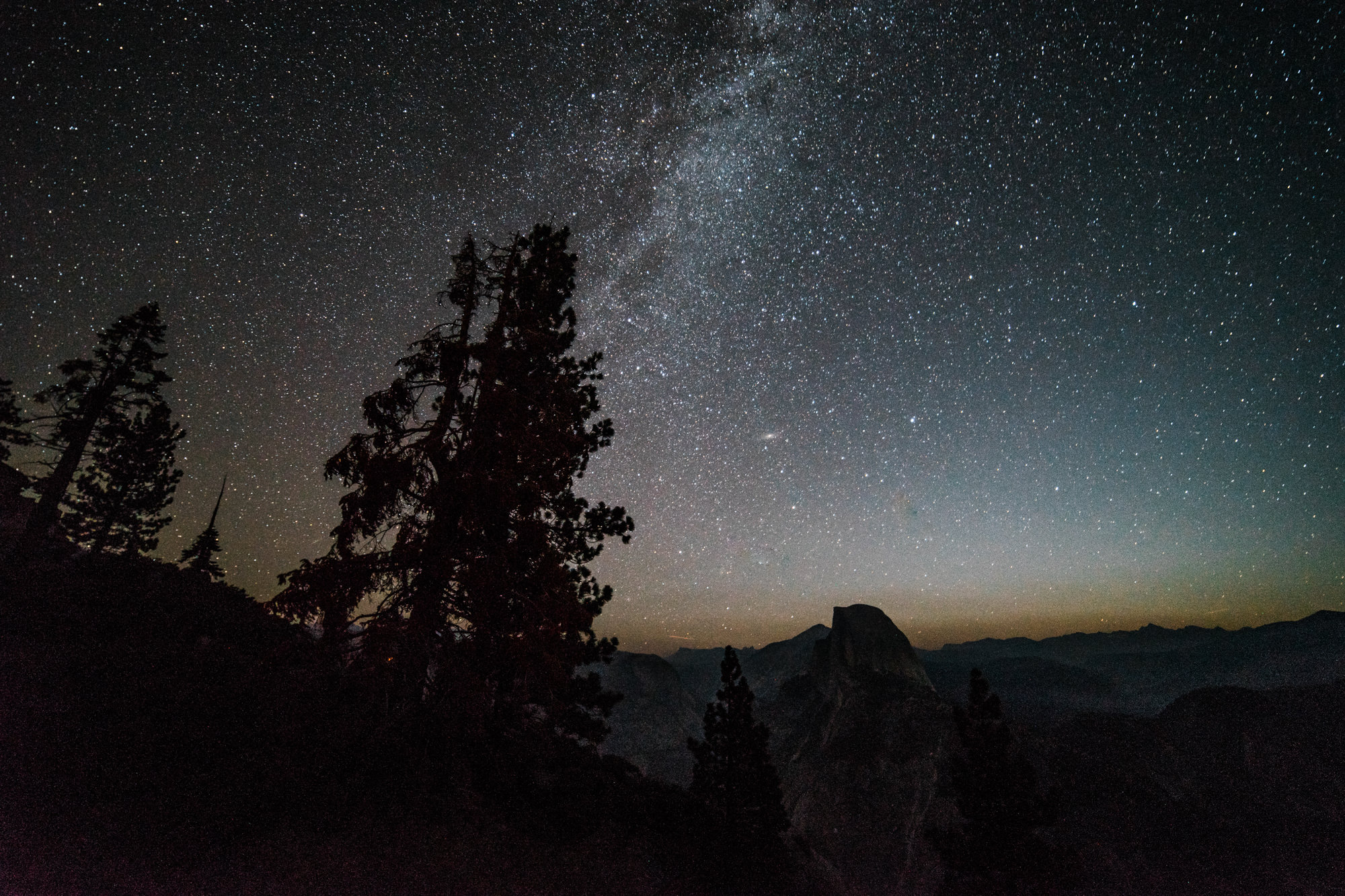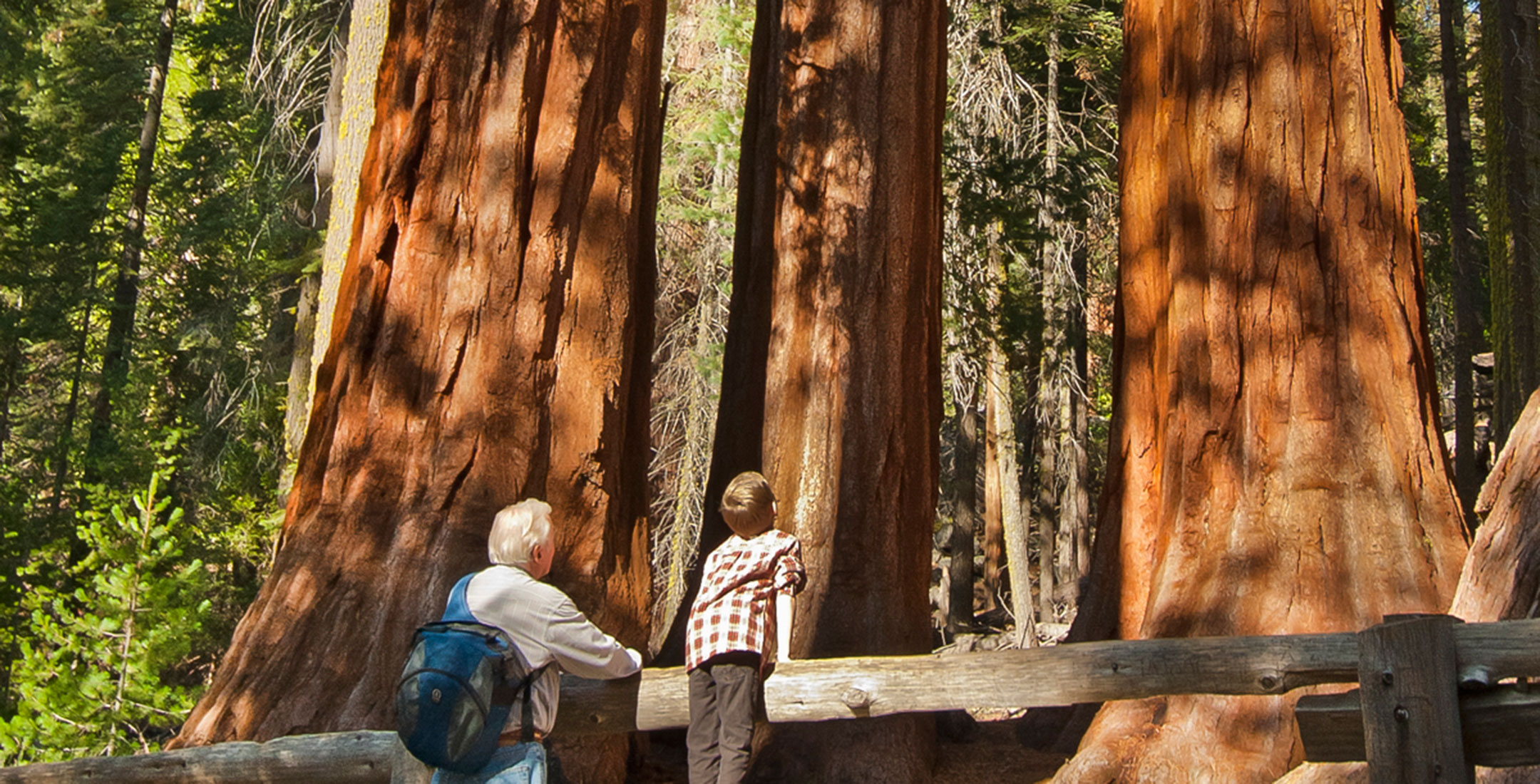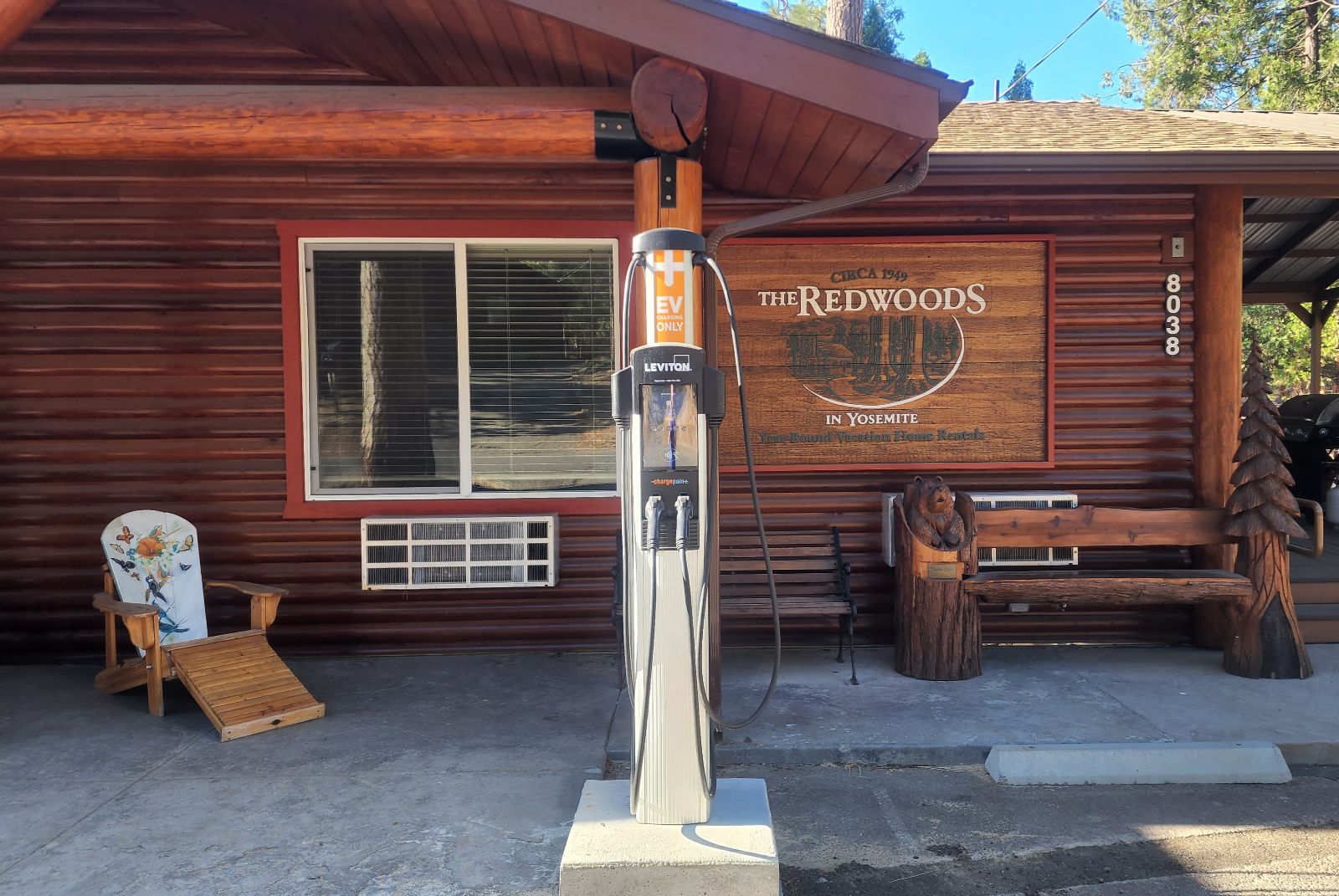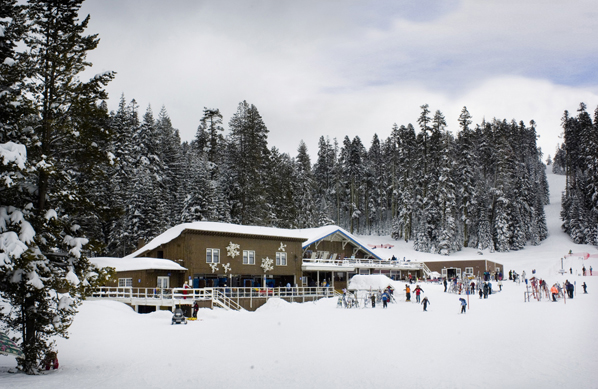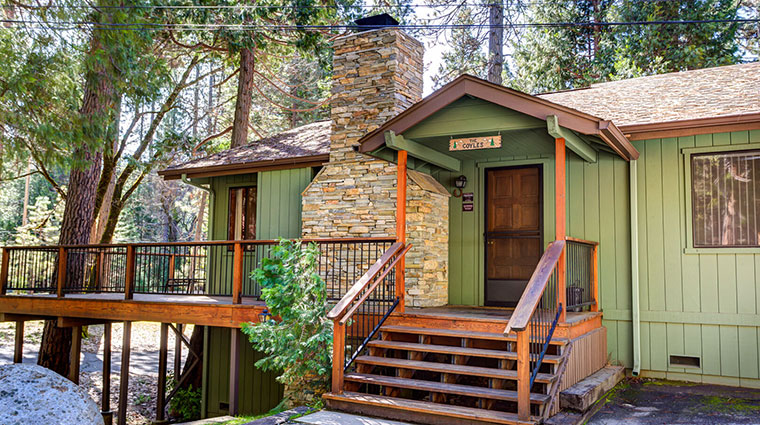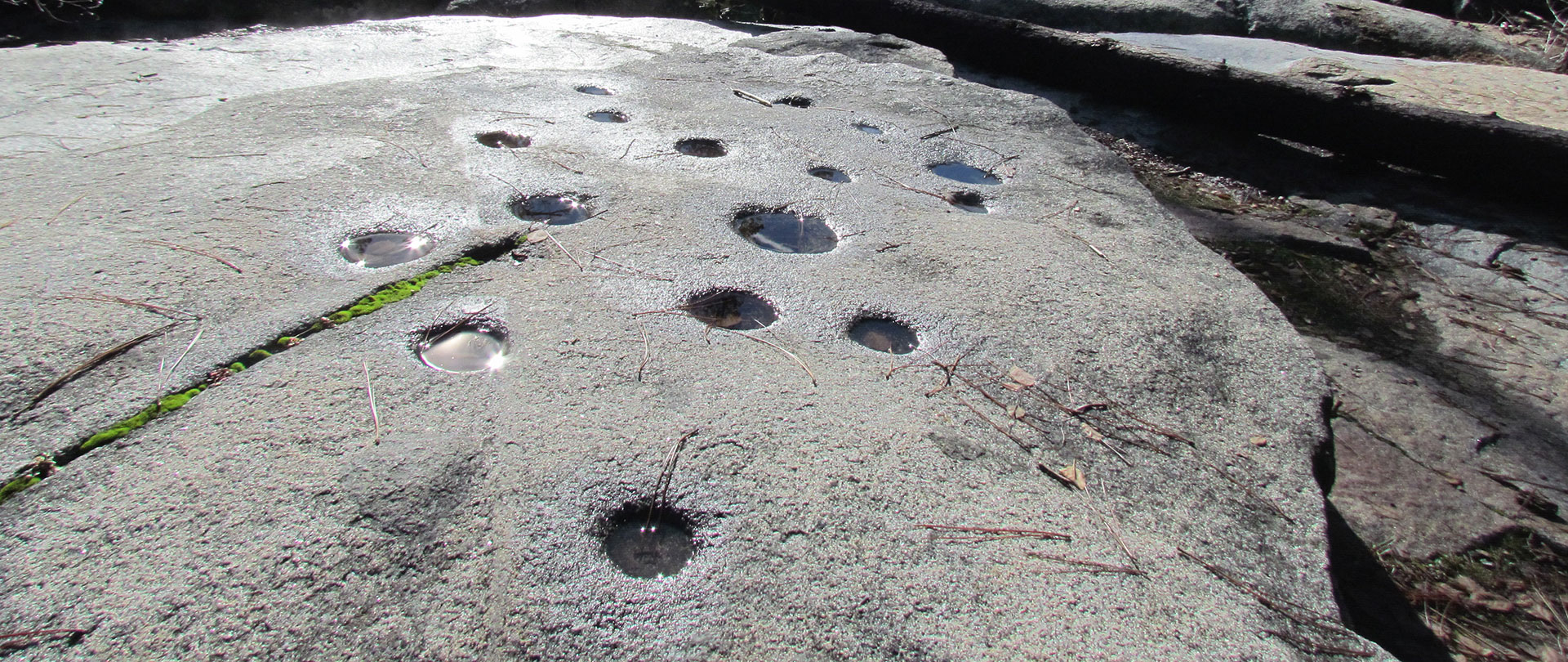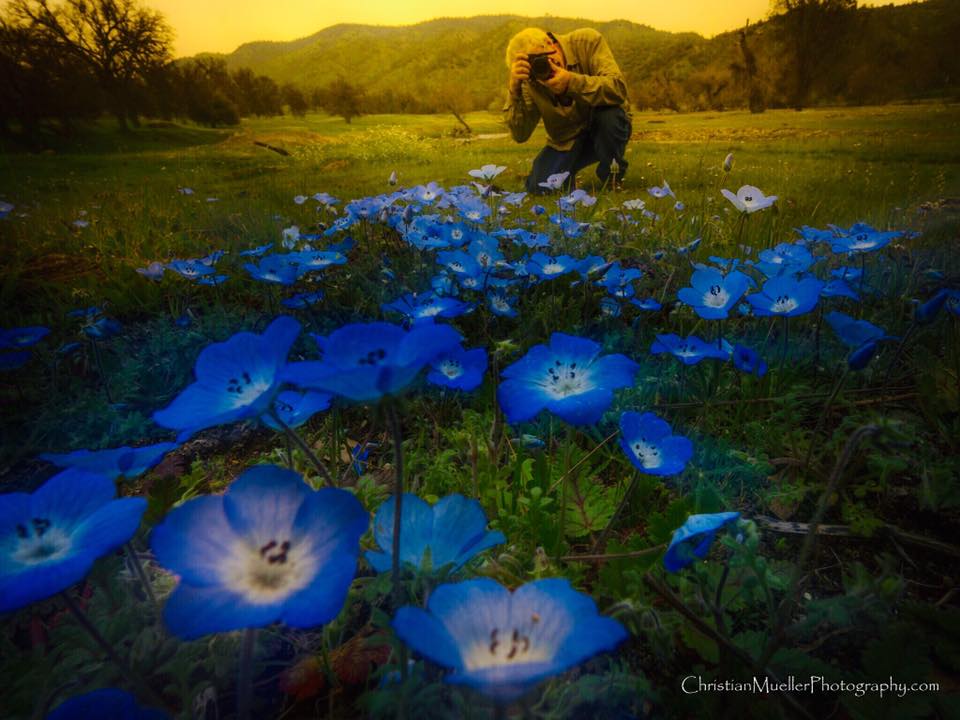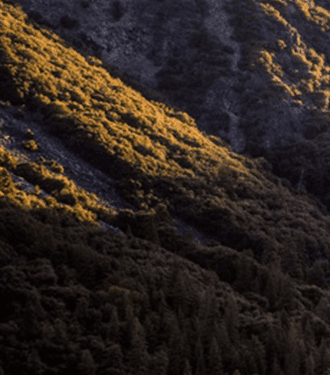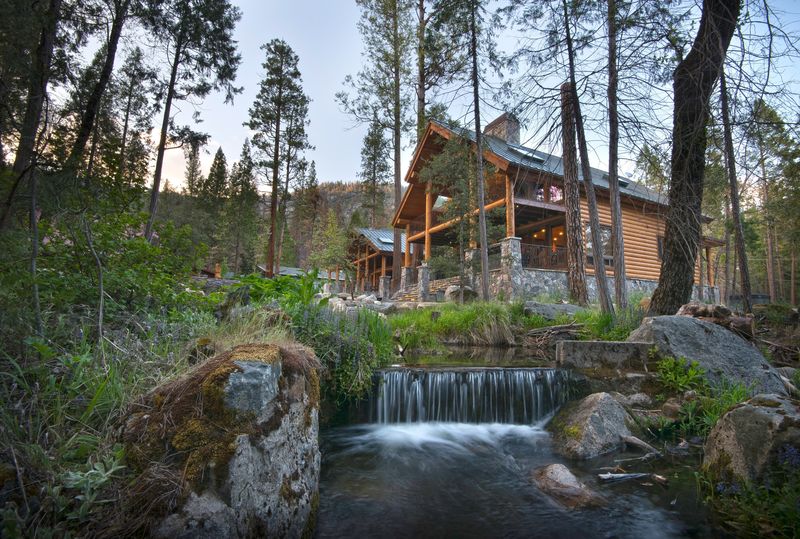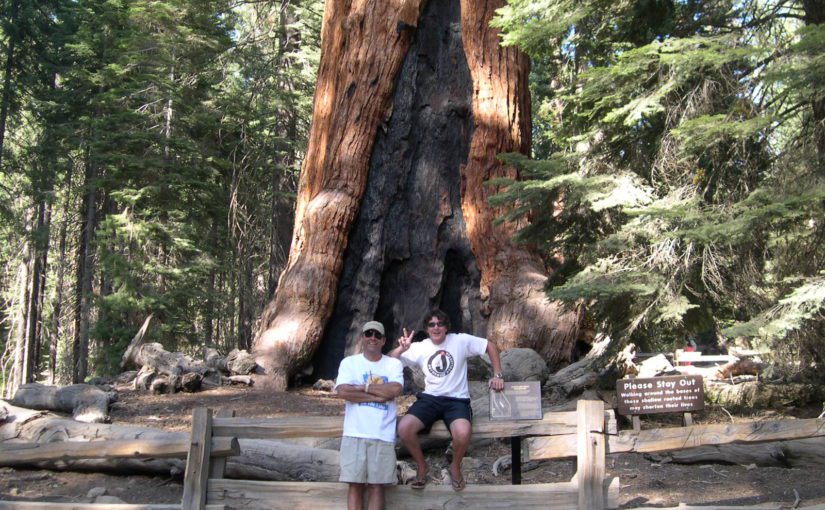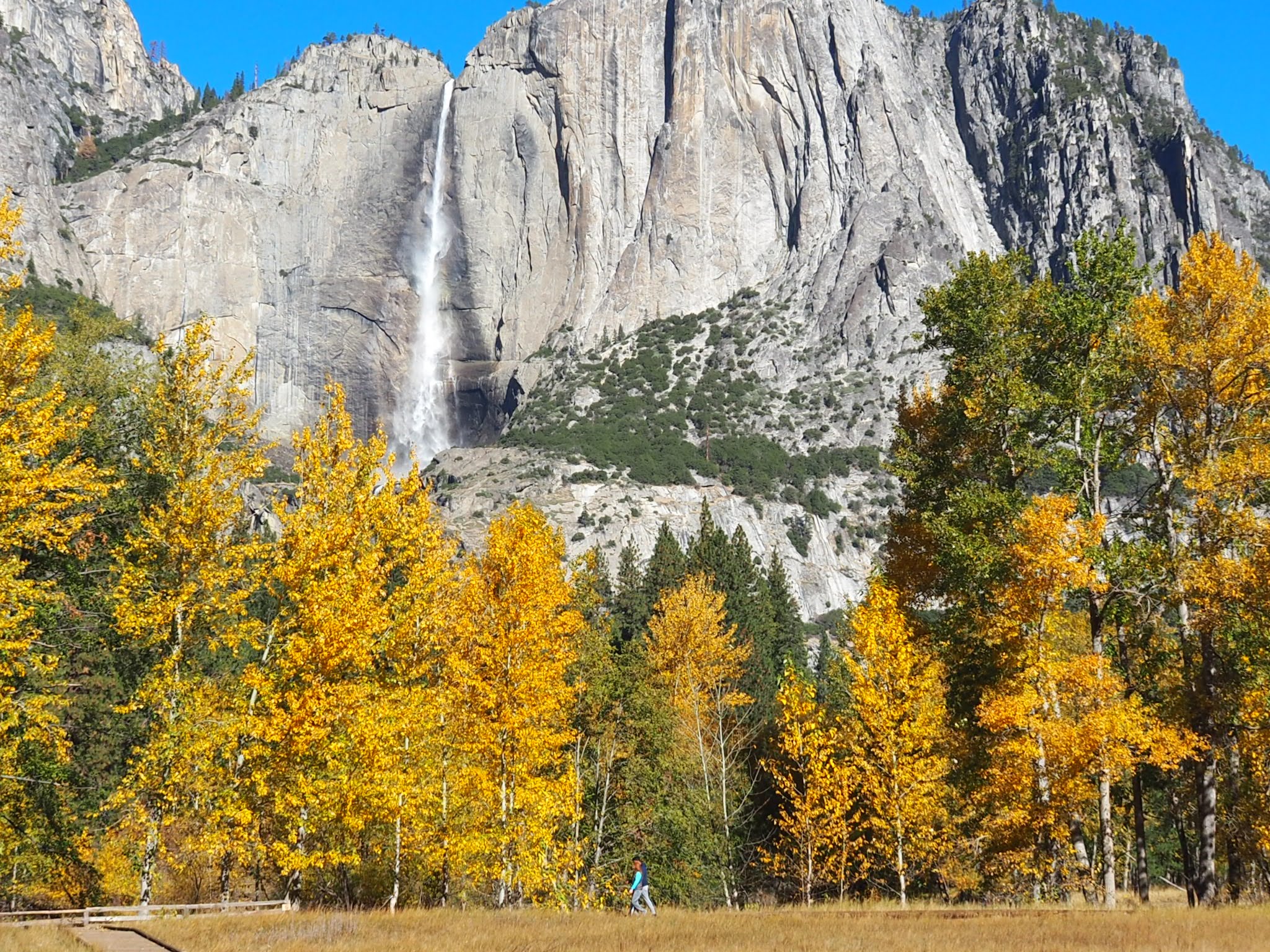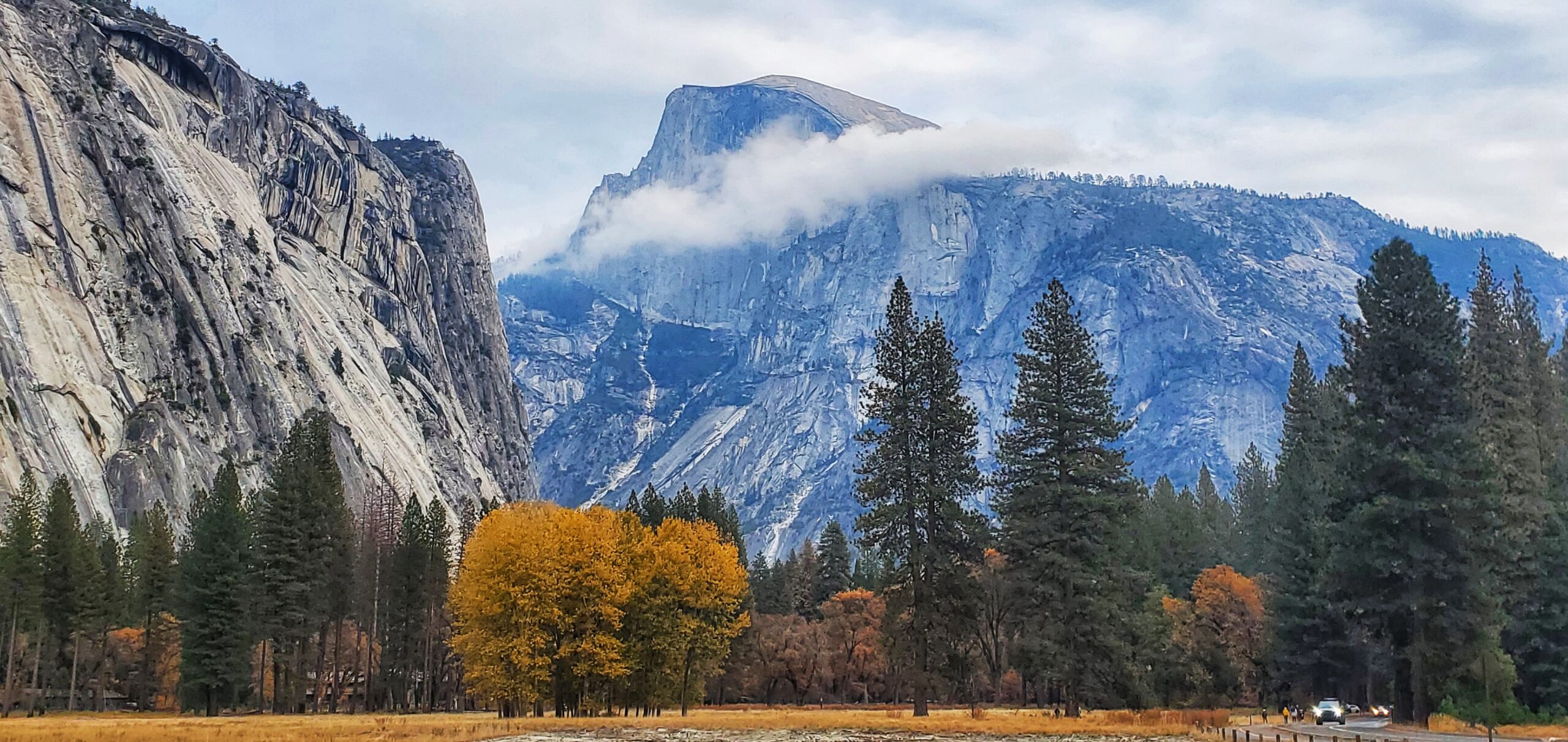On October 1, 1890, the U.S. Congress created Yosemite National Park, making it the 3rd National Park in the U.S. As we celebrate the birthday of one of the country’s most popular and recognizable national parks, it’s worth remembering that the park created in 1890 was substantially different than the park we think of today. The National Park Builds on the Yosemite Grant of 1864 By 1890 the iconic Yosemite...

